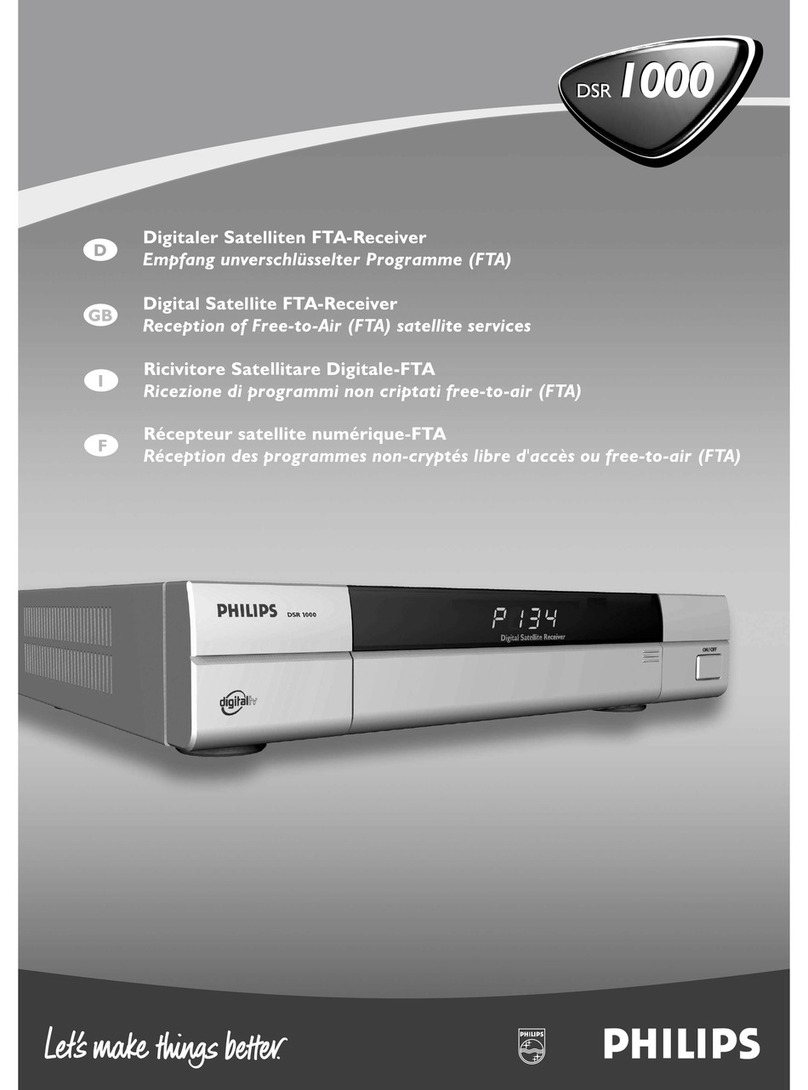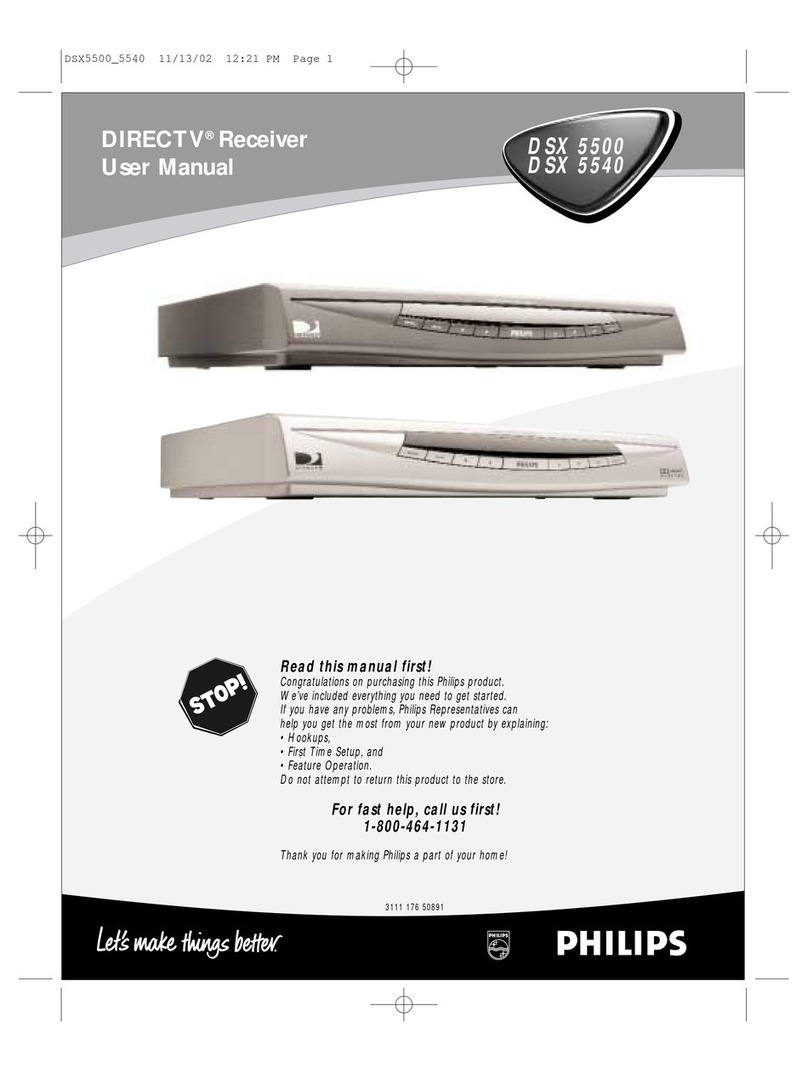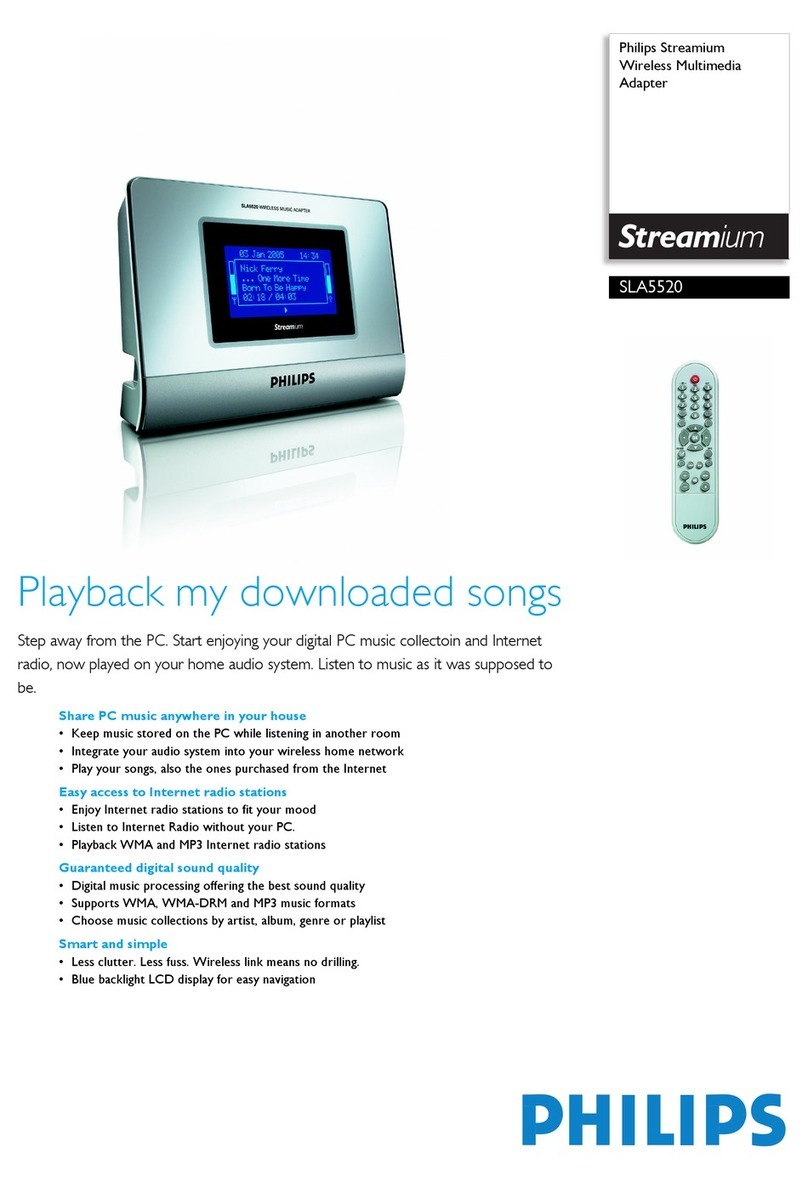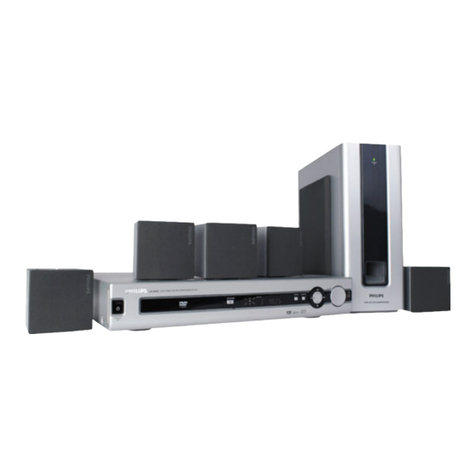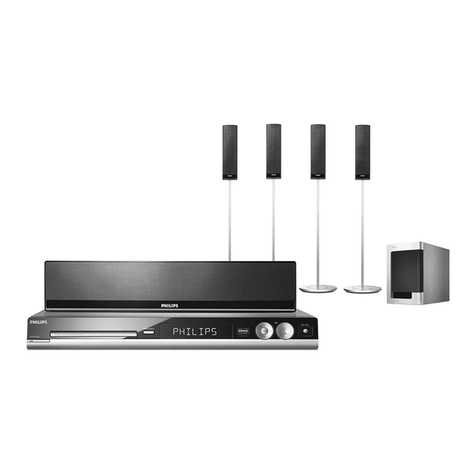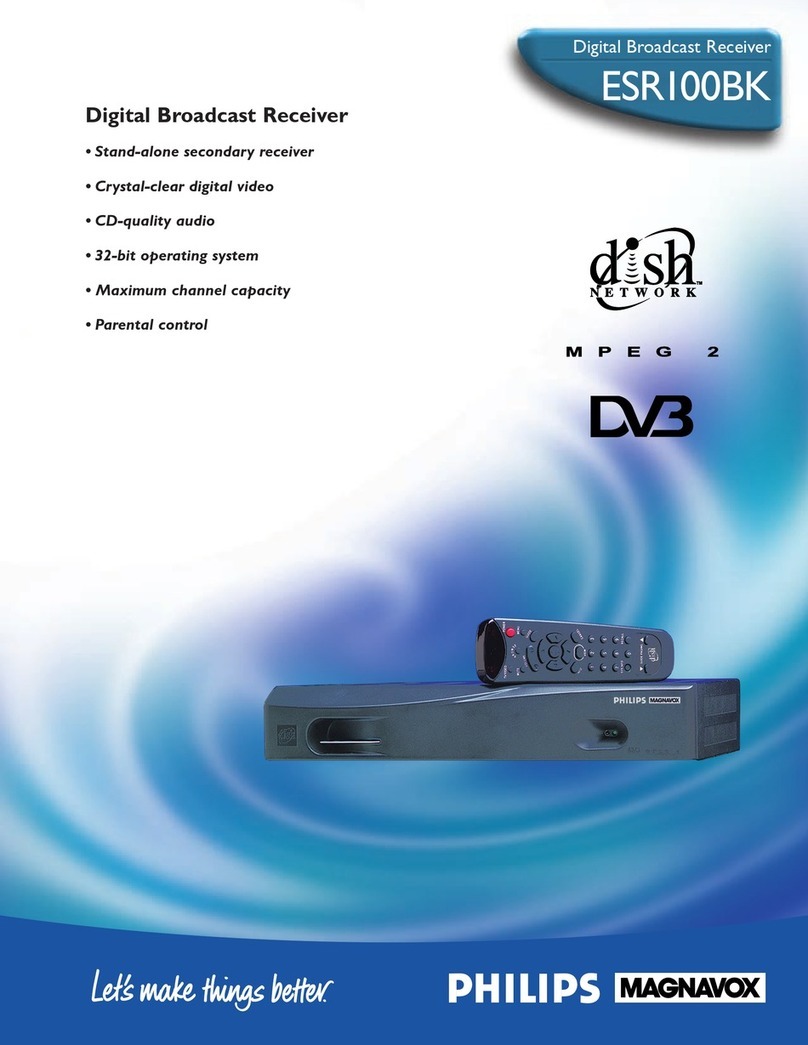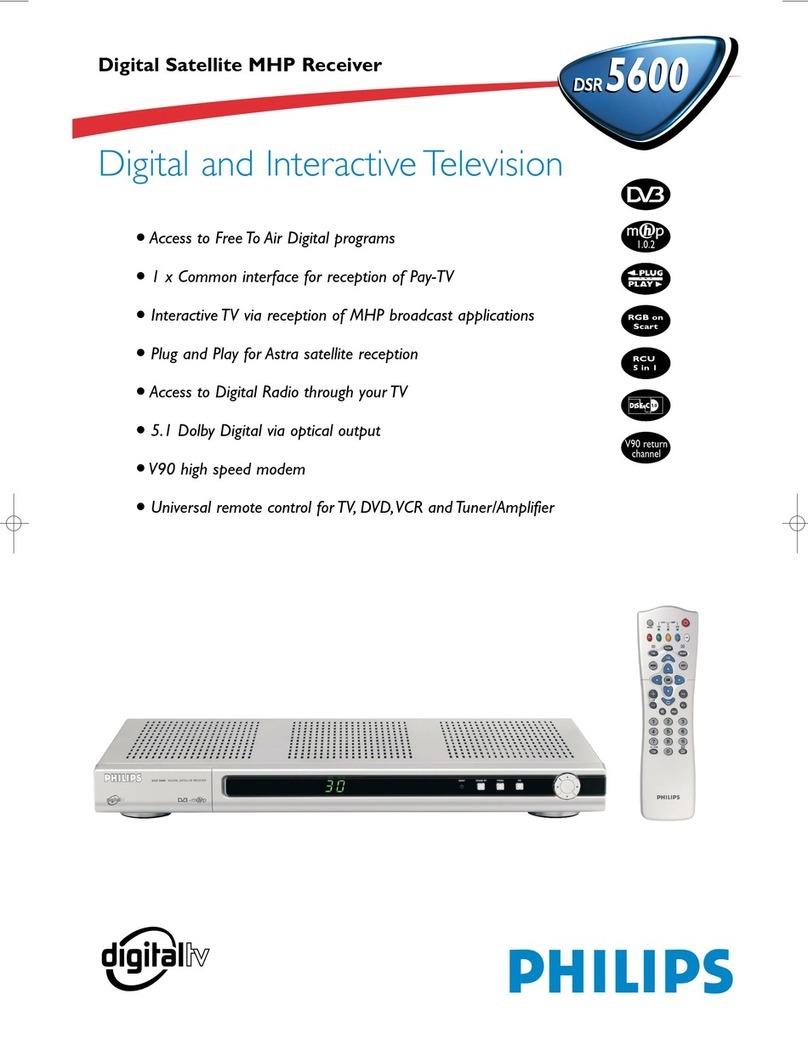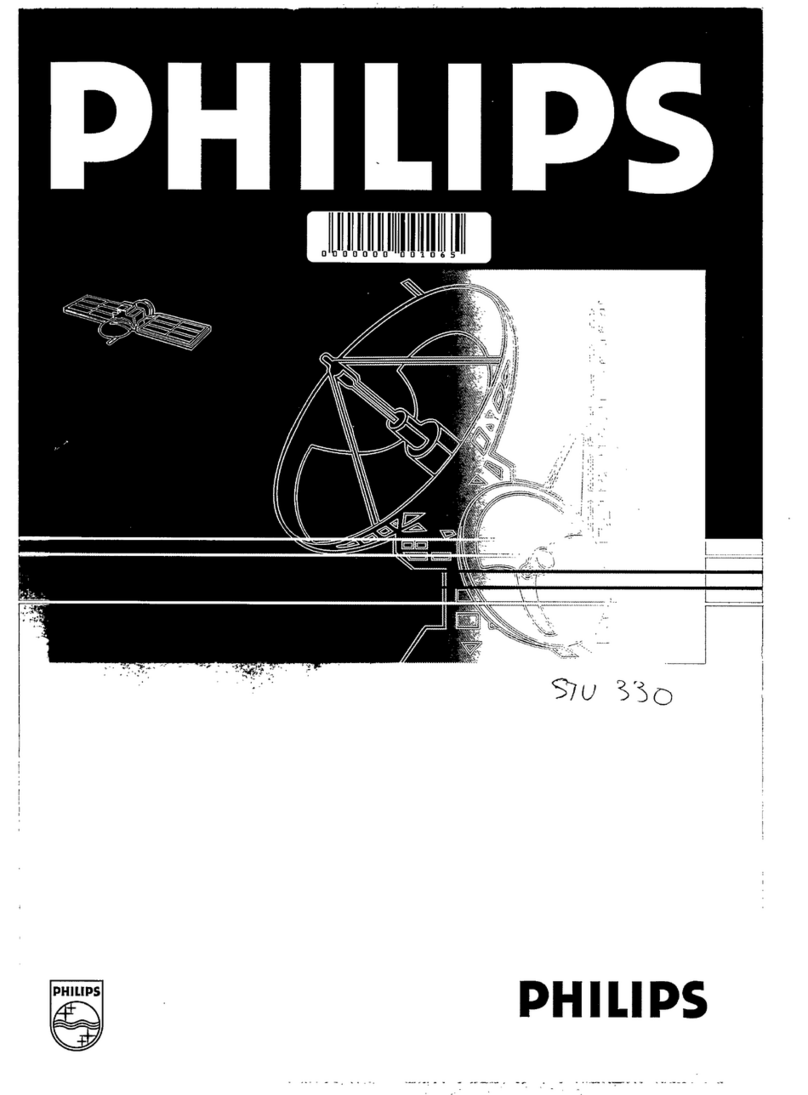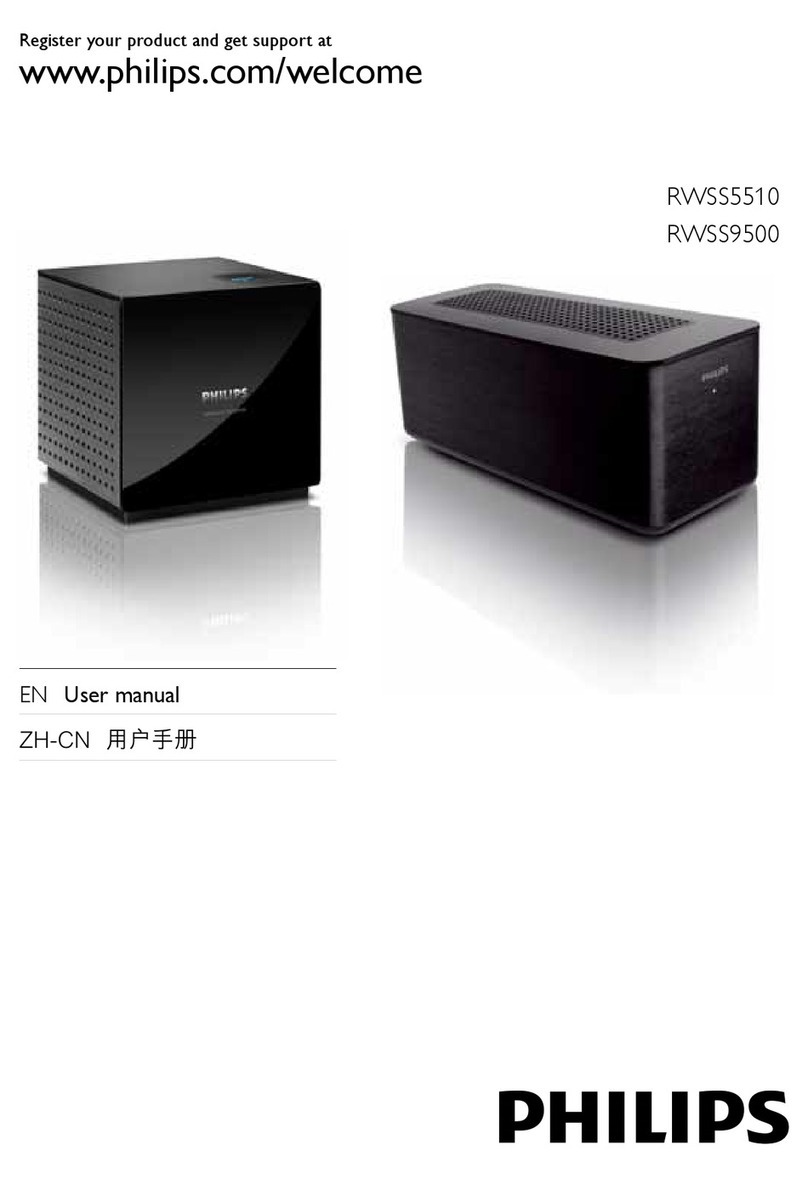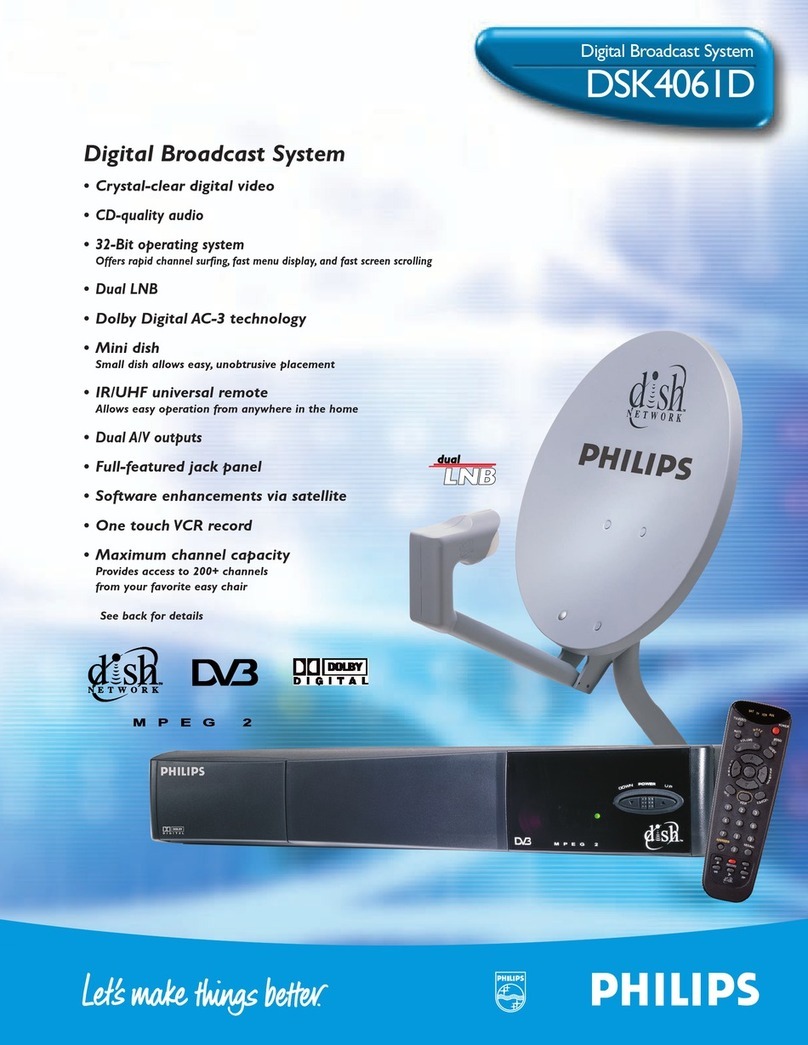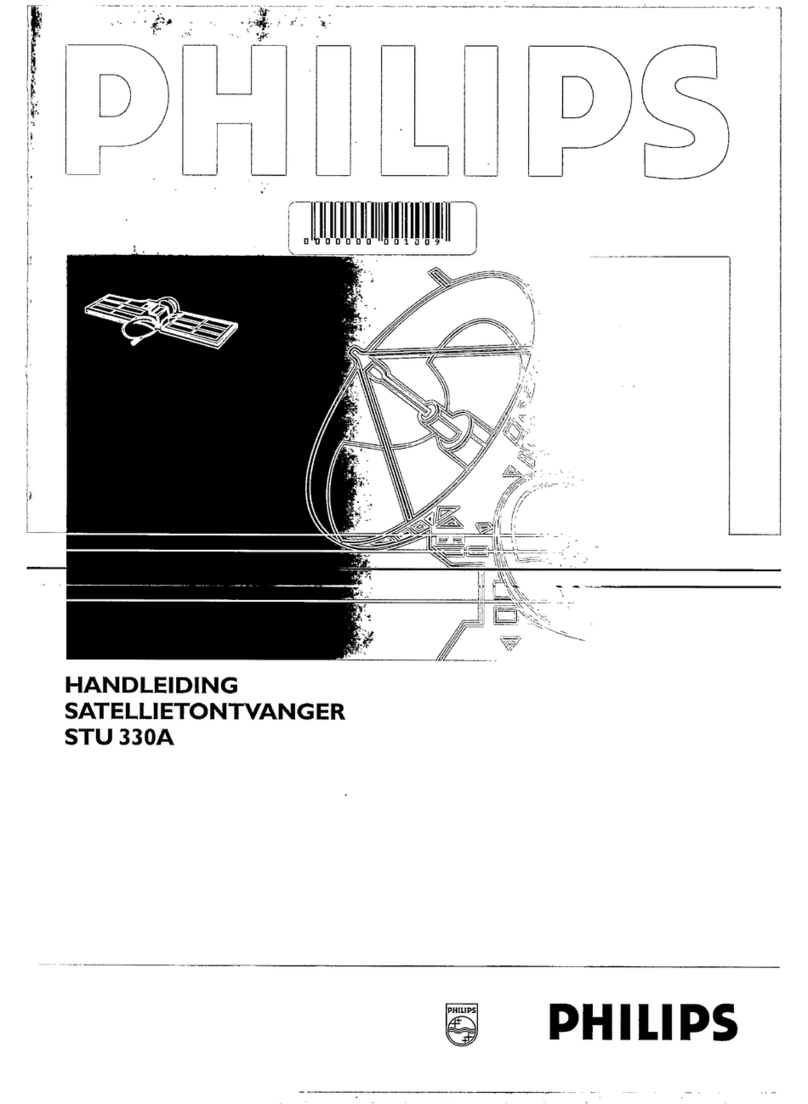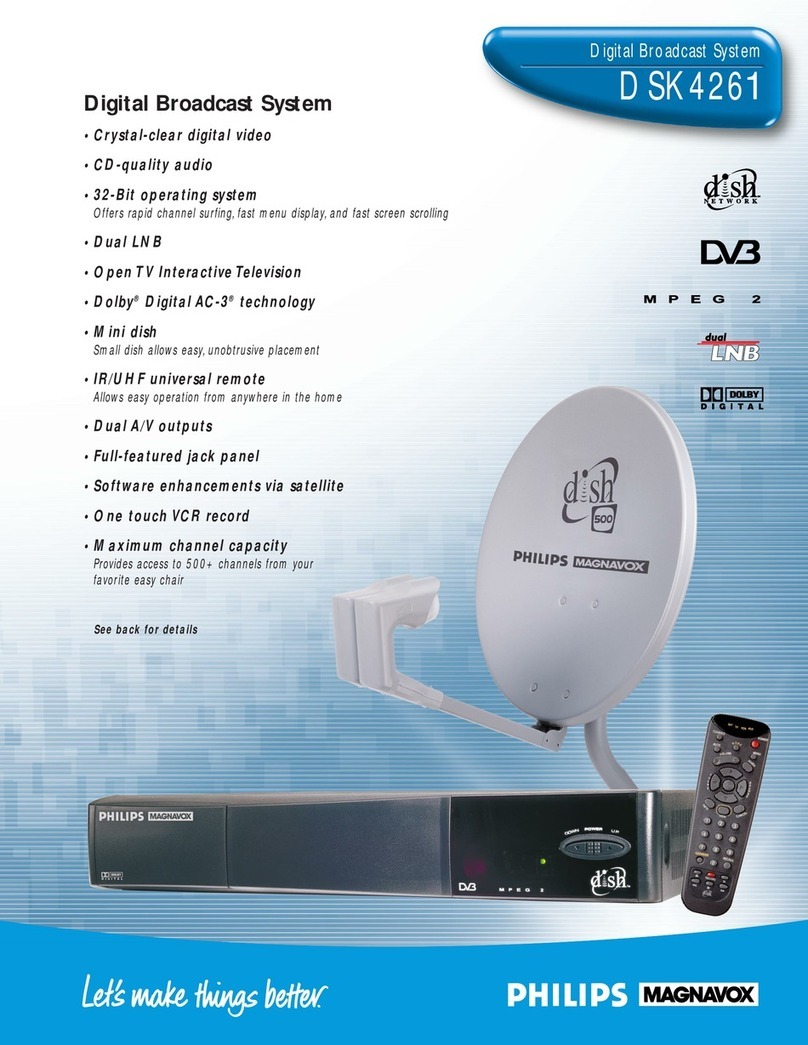
Digital
home
cinema
receiver
FR980
FR980/o01
Service
Service
eee
Service
Table
of
Contents
Technical
Spcifications
...........eceseceeretenereeeeteeees
1-1
Circuit
diagraM
PFO4.......ce
ce
ceesseeeseeeseeeeceeesenens
4-8
INStrUCTIONS
FOF
USE
........ccccceeseeseeeeeneeecetenneeneeneeeees
1-2
Printed
circuit
board
PFO4
o......
cc
eeeeeseeeeeeeeeeeees
4-8
Warning
&
Safety
......csscceeseserceseessereeeteesneneneessensees
1-9
Circuit
diagraM
PY04
occ
ccsssseeesscsesesseeesenenees
4-9
Service
Program
.....scsecescseeeteeeeseeeeteeersateerseeteenesens
2-1
Printed
circuit
board
PY04
ou...
ccscsseeeteeerrcetens
4-10
Test
Equipment
required
.........
ce
eeeeeeseeresstseeseeesees
2-2
Printed
circuit
board
PEO4
oes
eceeseeeeeneeeaes
4-11
Alignment
Procedures
.........:ccesereeeseteesseseseteneneeseess
2-2
Circuit
diagram
PEO4
.......cccseseeeseeeeeettereeenneees
4-12
MPEG
decoder
Module
...........::ccescseseeeesseeneetseneeees
2-5
Circuit
diagraM
P704
ou...
ee
ceesseeseeseeseseeeeseesnes
4-13
W/O
Pi
.....eeeeeecesseevesceneessecnenecseeeeeseateensenseesesesaneenss
2-5
Printed
circuit
Doard
P7040...
cece
eetreeeeereeeeeee
4-14
Short
description
.......ccecsecessessssenseseeeeseestensaeeneeeees
2-5
Circuit
diagram
Key
COMPONENTS
........csceeeeteeteteeeeeetetentessceteeeneennenee
2-6
PB04
PP04
PP94
PU94
PW04
P754
.......
eee
4-15
Wiring
GiAGram
..........escceeeeseneteeneceseseeeseeseeteeeneesenenens
3-1
Printed
circuit
board
BlOCK
GIAQIAIM
........eceseeseeseteeeteeeeseentersscnsnerseenseneenes
3-2
PBO4
PP04
PP94
PU94
PW04
P7564
........cseeseee
4-16
Circuit
diagram
P104
uu...
eeeceeseecseeeeserseereenenerseneees
4-1
Printed
circuit
board
P604.......
ee
esseeteeeeeeteeee
4-17
Printed
circuit
board
P104..........ceesesetereeeteeereees
4-2
Circuit
diagram
P604-1/3
Circuit
diagram
PU04
PU5S4
PLO4
......
eee
4-3
Circuit
diagram
P604-2/3
Printed
circuit
board
PU04
PU54
PL94.............
4-4
Circuit
diagram
P604-3/3
Circuit
diagram
PSO4
ou...
cesses
ceeeeerenenetees
4-5
Circuit
diagraM
PCO4
ou...
eects
eeeeeeteenertnetees
Printed
circuit
board
PSO4
........
esses
seeeeeeeeeeee
4-5
Printed
circuit
board
PC04
o......
ec
ceeeeeeeereeeeeee
4-22
Circuit
diagram
PS54
ou...
cee
seeserseeeereeseeeees
4-6
IC
blOCK
GiAQGrAM
ue
eeeeeenecseccesceneeereneseeneneeeeenes
4-23
Printed
circuit
board
PS54
ou...
ce
eeeeeseeerteeeteeeeees
4-6
Exploded
VIGWS
uu...
sccessessessesssecceeneeseneseeesertaenenees
5-1
Circuit
diagram
PLO4
......
seer
se
teereeeseessens
4-7
Mechanical
parts
list
............ccccccssessesecsesesrereeeeeetenes
5-2
Printed
circuit
board
PLO4
......
cece
cess
tee
tteeeeeee
4-7
Electrical
parts
list
..........ccccesssccscscseteeeceeeeneeesees
5-3
Safety
regulations
require
that
the
set
be
restored
to
its
original
condition
and
that
parts
which
are
identical
with
those
specified
be
used.
Copyright
1998
Philips
Consumer
Electronics
B.V!
Eindhoven,
The
Netherlands
All
rights
reserved.
No
part
of
this
publication
may
be
reproduced,
stored
in
a
retrieval
system
or
transmitted,
in
any
form
or
by
any
means,
electronic,
mechanical,
photocopying,
or
otherwise
without
the
prior
permission
of
Philips.
Published
by
MW9808
Service
Disc
Systems
Subject
to
modification
4822
725
26105
é
ee
PHILIPS
